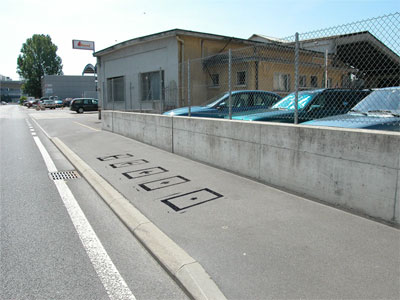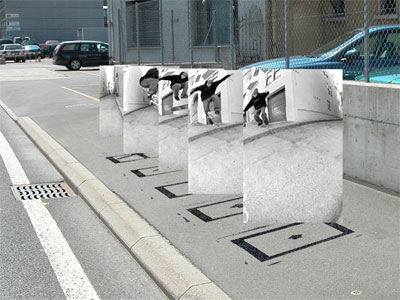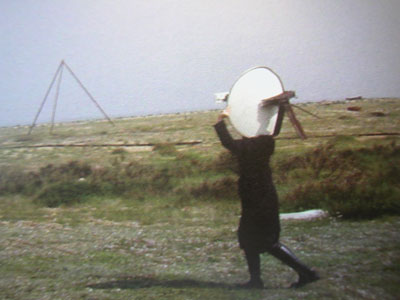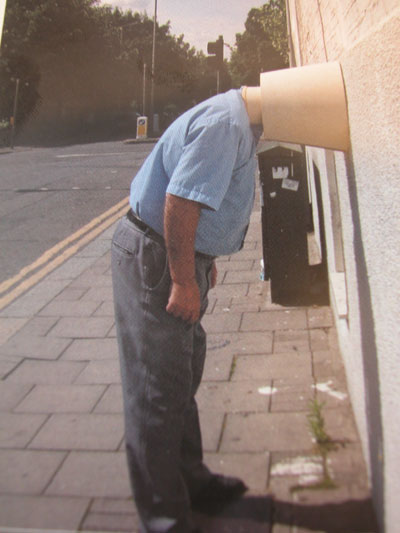Cultural anthropologist Dr. Mizuko Ito recently published a draft about Kids' participation in new media cultures which is very worth reading. She addresses the question of how young people mobilize the media and the imagination in everyday life andand how new media change this dynamic. Some excerpts I found intersting:
Our contemporary understandings of media and the childhood imagination are framed by a set of cultural distinctions between an active/creative or a passive/derivative mode of engaging with imagination and fantasy. (...) Scholars in media studies have challenged the cultural distinctions between active and passive media, arguing that television and popular media do provide opportunities for creative uptake and agency in local contexts of reception. (...) new convergent media such as Pokemon require a reconfigured conceptual apparatus that takes productive and creative activity at the “consumer” level
(...)
The important question is not whether the everyday practices of children in media culture are “original” or “derivative,” “active” or “passive,” but rather the structure of the social world, the patterns of participation, and the content of the imagination that is produced through the active involvement of kids, media producers, and other social actors. This is a conceptual and attentional shift motivated by the emergent change in modes of cultural production.
(...)
New technologies tend to be accompanied by a set of heightened expectations, followed by a precipitous fall from grace after failing to deliver on an unrealistic billing. (...) technologies are in fact embodiments, stabilizations, and concretizations of existing social structure and cultural meanings, growing out of an unfolding history as part of a necessarily altered and contested future. The promises and the pitfalls of certain technological forms are realized only through active and ongoing struggle over their creation, uptake, and revision.
She then describes 3 important constructs:
contemporary media needs to be understood not as an entirely new set of media forms but rather as a convergence between more traditional media such as television, books, and film, and digital and networked media and communications. Convergent media involve the ability for consumers to select and engage with content in more mobilized waylateral networks of communication and exchange at the consumer level.
(...)
These changing media forms are tied to the growing trend toward personalization and remix as genres of media engagement and production. Gaming, interactive media, digital authoring, Internet distribution, and networked communications enable a more customized relationship to collective imaginings as kids mobilize and remix media content to fit their local contexts of meaning.
(...)
described the kind of social exchange that accompanies the traffic in information about new media mixes like Pokemon and Yugioh as hypersocial, social exchange augmented by the social mobilization of elements of the collective imagination
Why do I blog this? I met Mizuko last month at the Netpublic conference and was very interested in how she's taking another stance regarding kids engagement in new media culture, especially what she was explaining about convergence and hypersociality. I find particulary pertinent the way she rephrase the question of the kids participation into something broader and - in the end - much richer. These constructs are important to me, both as researcher in the field of emerging technologies and also when working with game designers to make them understand the implications of their creations.
















